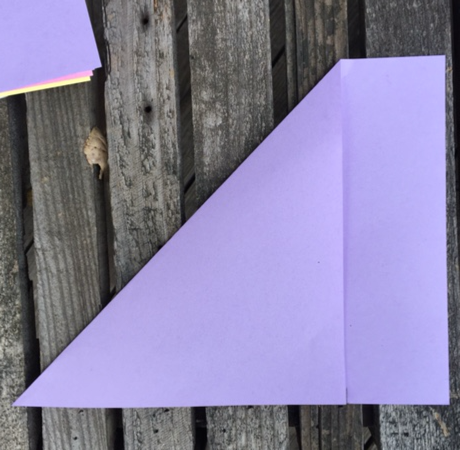Maker Challenge: Make a Yardstick
In the warm-up, students individually explore how to measure 6 inches with a letter sized piece of paper (8 ½ in by 11 in). They share their strategies and teach each other their methods.
In the main challenge, groups of 3 students label a blank yardstick with as many tick marks as they can.
Activities:
[Could take place in prior class; could give additional time to allow for more methods to share and additional time where student teach each other their methods.]
Narrative
Students use pieces of 8 ½ in by 11 in paper to find a length of exactly 6 inches. There are many ways to do this by folding the paper in different ways and subtracting and adding different lengths created by the folds. If students are stumped or don’t know how to start, encourage them to fold one side in half or across a diagonal and to find the lengths this creates. Alternatively, if many students are stuck but others have ideas that work, have one of the students share their strategy, without showing the entire solution, then continue with more individual work time. There are many different ways to find 6 inch lengths. It is not critical that students find the most efficient one, i.e. using the fewest steps.
Launch
Form teams of 3 (which will stay together throughout cycle). Teams need unlined pieces of 8 ½ inch by 11 inch paper.
Task Statement
Here are some pieces of 8 ½ inch by 11 inch paper.
- Individually, explore how you can use one piece of paper to find a length that is exactly 6 inches.
- In your group, share your methods with each other and choose one to share with the whole group. Be prepared to explain the method to the class.
- Whole class discussion: Share 3 or 4 different methods. (pre-chosen by teacher). Ask groups that didn’t share if their method was like one of the ones shown. If applicable, invite groups that have different methods to show theirs.
Task Solution
Solutions vary. Here is one using 5 steps. It can be done in as few as two.


Synthesis
As students share their solutions, encourage them to write down their steps using numerical expressions and/or equations.
- Fold the long edge in half (11”÷2 = 11/2” = 5 ½”.)
- Fold the short edge onto the long edge. The part that doesn’t share an edge is (8 ½” - 5 ½ “= 3”).
- Mark 3” twice (3” x 2 = 6”) Some solutions may be using estimates while others use more exact folding methods. Discuss the advantages of both in terms of precision: Folding methods are more precise than eyeballing and fewer folds give less room for compounding errors.
Materials for this Lesson:
- Blank yardstick or meterstick
- Pencil
- Markers
- 8 ½ in by 11 in paper
Timeline:
Warmup: 15 minutes
- Launch: 2 minutes
- Individual: 3 minutes
- Groups: 5 minutes
- Share: 5 minutes
Task 1: 30 minutes
- Launch: 3 minutes
- Build: 20 minutes
- Synthesis: 7 minutes

